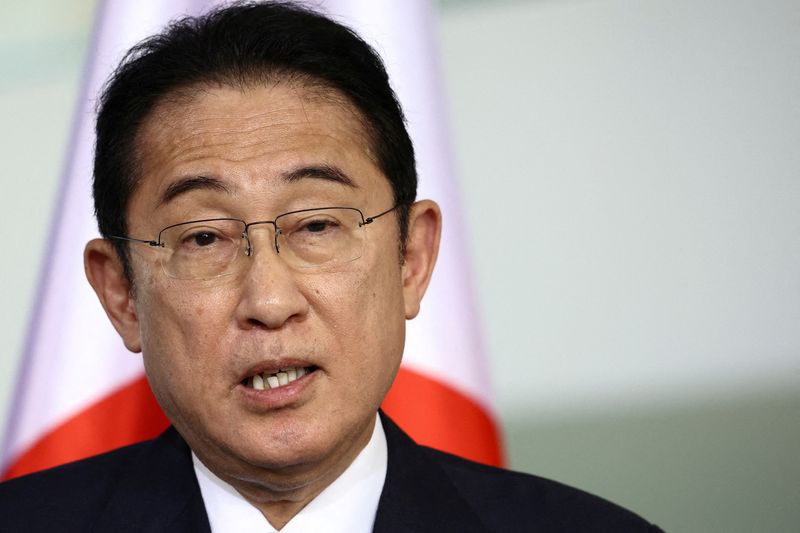Table of Contents
Japanese Prime Minister Fumio Kishida has shaken the political landscape by announcing on Wednesday that he will step down next month. This unexpected move has set off a frenzy among potential successors, each vying to become the leader of the world’s fourth-largest economy. The stakes are high, and the race is on.
Why is Kishida Stepping Down?
Kishida’s tenure as prime minister has spanned nearly three years—quite a stretch in Japan’s ever-volatile political scene. Yet, despite his efforts, his administration has become mired in controversy. A slush fund scandal and the ruling party’s troubling ties with the former Unification Church have eroded public trust. But it’s not just the scandals that have hurt him. The Japanese economy has been a thorn in his side. Households across the nation have been reeling as the cost of living soared, with prices outpacing wage growth. This economic discontent has contributed to his unpopularity, as public support for Kishida and his cabinet plummeted below 30% in opinion polls—a critical threshold that often signals it’s time for change.
What Happens Next?
In Japan’s parliamentary system, the leader of the ruling party, or a coalition of parties, ascends to the role of prime minister. Since the end of World War II, this has almost always meant that the leader of the Liberal Democratic Party (LDP) becomes the premier. The LDP, the dominant force in Japanese politics, holds a leadership race every three years, with the next one scheduled for September. While the exact dates remain under wraps, the anticipation is palpable.
Who Could Succeed Kishida?
The race to replace Kishida is heating up, and it’s not for the faint of heart. To even enter the race, candidates need to secure 20 signatures from LDP parliamentarians. Among the frontrunners are former Defence Minister Shigeru Ishiba and former Foreign Minister Toshimitsu Motegi. But in the LDP, it’s not just about who you are; it’s also about who you know. Political factions play a crucial role in these leadership contests, with figures like former prime ministers Taro Aso, Yoshihide Suga, and Kishida himself seen as potential kingmakers.
How Does the Vote Work?
The voting process is intricate and designed to balance power within the party. Each LDP member of parliament gets a vote, but rank-and-file party members also have a say, with their votes apportioned according to the D’Hondt method of proportional representation. The LDP currently boasts 369 lawmakers across the upper and lower houses of parliament, and during the last leadership race in 2021, there were approximately 1.13 million registered party members. If no candidate secures a majority in the first round, a run-off will determine the final winner between the top two candidates.
How Will the Next Administration Be Formed?
Once the new LDP leader is chosen, parliament will convene to elect the next prime minister. Given the LDP’s strong majority in both houses, the party leader is almost certain to take the helm as Japan’s new premier. The incoming prime minister is expected to waste no time, swiftly forming a new cabinet and reshuffling LDP executives, likely by early October. The transition will set the stage for the next chapter in Japan’s political saga, as the new administration tackles the challenges that lie ahead.

